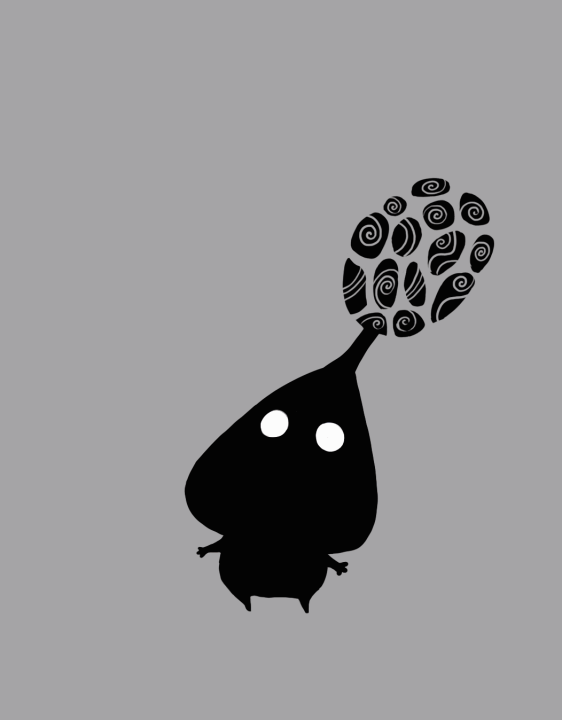This application is a product of IranCubator 2 app incubator initiative.
The Last Door
The Last Door is a self-discovery game aimed at helping Iranian teenage boys build healthy, respectful, and equal relationships with girls. The game combines visual storytelling, mindfulness practices, and principles from Cognitive Behavioral Therapy (CBT) and Emotionally Focused Therapy (EFT) to encourage self-awareness and empathy among its users. The game is available on both Android and the web, with over 60,000 installations.
Milad Keshtan: "Based on my experience growing up in a society and educational system that emphasizes gender differences through segregation, I find The Last Door to be a highly valuable and effective educational tool. Biased views and stereotypes about the opposite gender make it very difficult to establish friendly and healthy relationships between boys and girls. The Last Door is an effort to break down these barriers."
— Source: Shaghayegh Norouzi, "The Last Door: Institutionalizing Gender Equality from Childhood," Radio Zamaneh, February 21, 2024. Read the full article (in Farsi) here.
Phase 1: User Research
We initiated the discovery process by conducting thorough user research to understand the underlying issues and develop a meaningful game narrative:
Research Goals:
Examine the root causes of sexual harassment among teenage boys.
Identify effective educational methods for promoting empathy and healthy interactions.
Determine the most engaging and effective game mechanics for teenagers.
Research Methods:
Focus Groups with Therapists: We held discussions with four therapists specializing in adolescent behavior to uncover the core issues—boys' inability to control emotions and understand the impact of their actions on others. Therapists highlighted CBT and EFT as effective frameworks for shaping healthier behaviors.
Surveys: We surveyed 100 boys aged 13-15 to explore their app usage patterns and interests. Results revealed that games are the most popular medium, with high interest in topics like understanding girls’ thoughts and communication.
Card Sorting & Persona Development: Card sorting sessions helped establish user priorities, shaping the information architecture. We developed a primary persona representing a 16-year-old boy interested in fun experiences but resistant to traditional education.
Some of the answers from the survey results. See more on Miro.
Use of Card sorting for defining the primary and secondary subjects. See the full report by the product designer.
Phase 2: Ideation & Prototyping
The ideation phase was driven by research findings, leading to the creation of a compelling and engaging game:
Brainstorming Workshops: We conducted workshops with the design team to explore potential game concepts, refining ideas based on feasibility and impact.
Low-Fidelity Mockups: Early mockups visualized the gameplay and narrative structure, which were tested with small focus groups for initial feedback.
High-Fidelity Prototyping: After refining the mockups, we developed a high-fidelity interactive prototype simulating the gameplay and interactions. This version was tested with users, therapists, and activists to ensure alignment with educational goals.
Phase 3: Beta Release & Iteration
With the validated prototype in hand, we launched the beta version for wider testing:
Beta Release Insights:
The initial release faced a 32% drop-off rate due to lengthy backstories and overwhelming information during gameplay.
Iterative Improvements:
Shortened Backstory: By reducing the backstory duration from 3:20 to 2:05 minutes, retention improved significantly.
Overlay UI for Game Information: We redesigned game information using overlays instead of separate screens, addressing cognitive overload and improving engagement.
Skip Button: Adding a skip button for the backstory helped users move faster into the gameplay.
Phase 4: Final Release & Outcomes
Following further refinements, the final version of The Last Door was publicly launched:
Improved Retention: The retention rate during initial gameplay stages improved from 32% to 18%.
Widespread Impact: The game successfully engaged users in conversations about emotional regulation, empathy, and the consequences of actions through interactive scenarios.
Recognition: The Last Door received attention from major Persian-language media outlets, including Radio Zamaneh, for its innovative approach to combating gender stereotypes and harassment through gamification. As the article notes: “The Last Door goes to the roots of sexual harassment and abuse, addressing the lack of awareness among boys about healthy communication with girls in a patriarchal society.”
- Sahar Shams, UI/UX and Visual Designer




